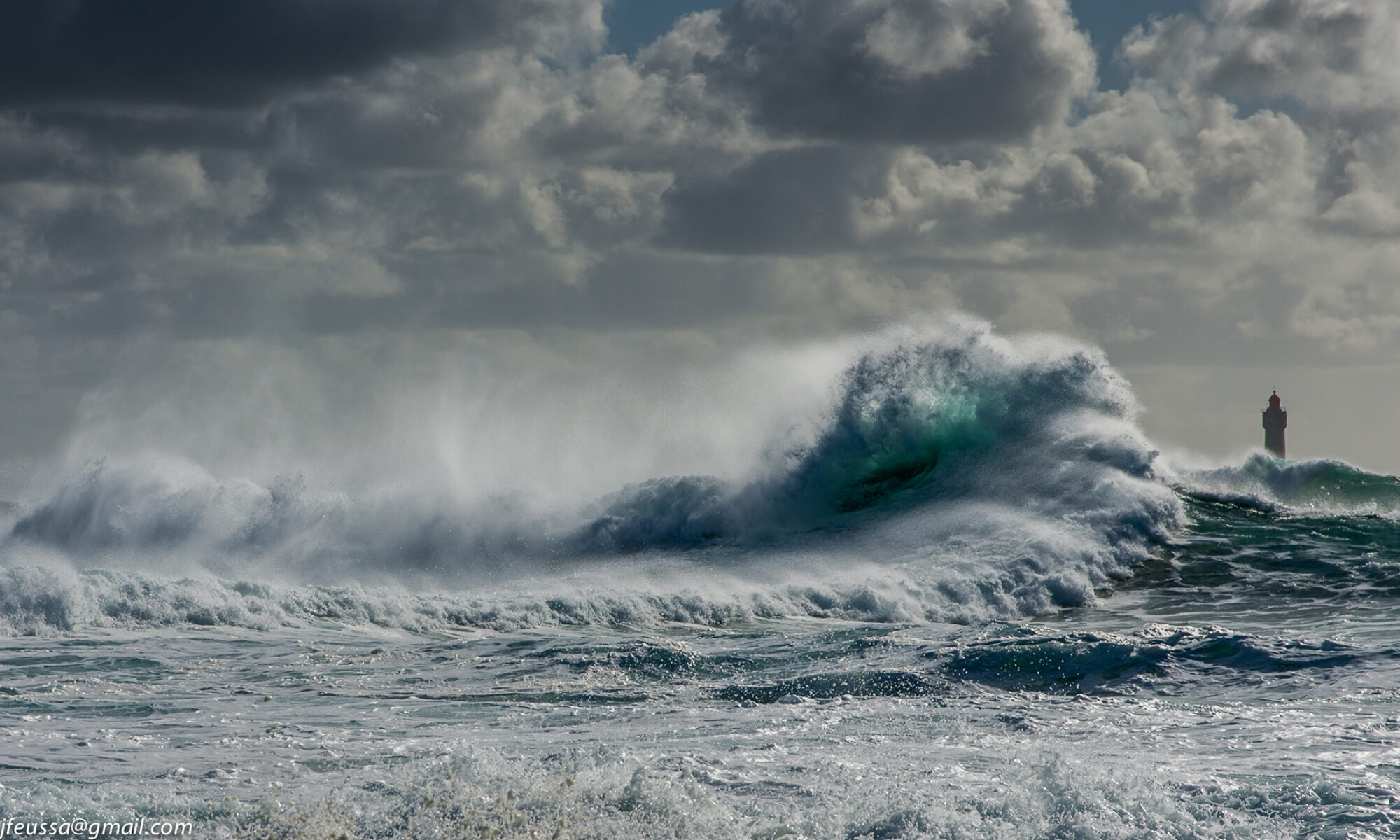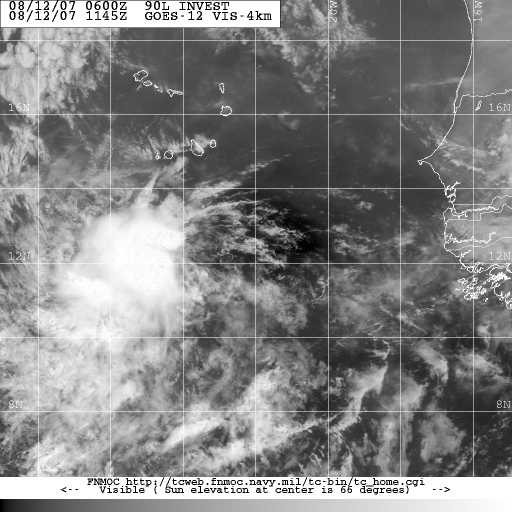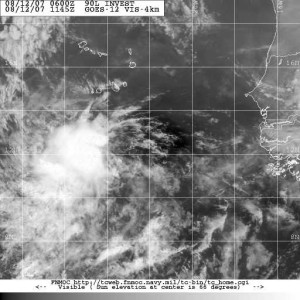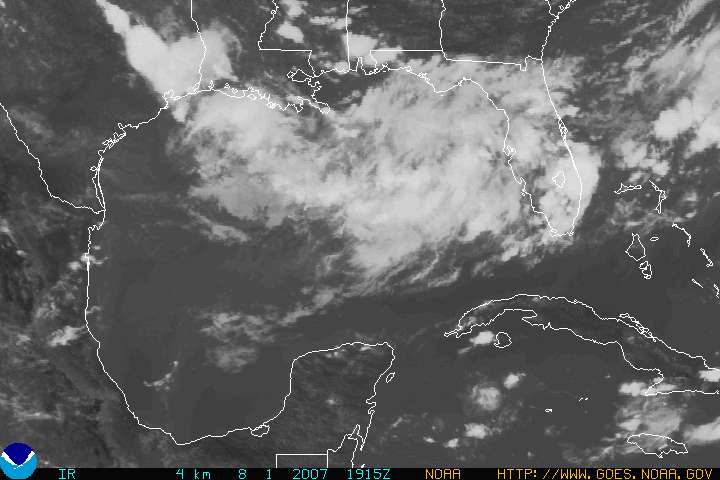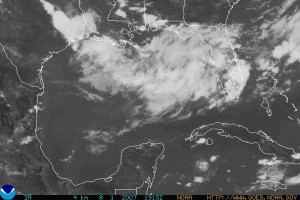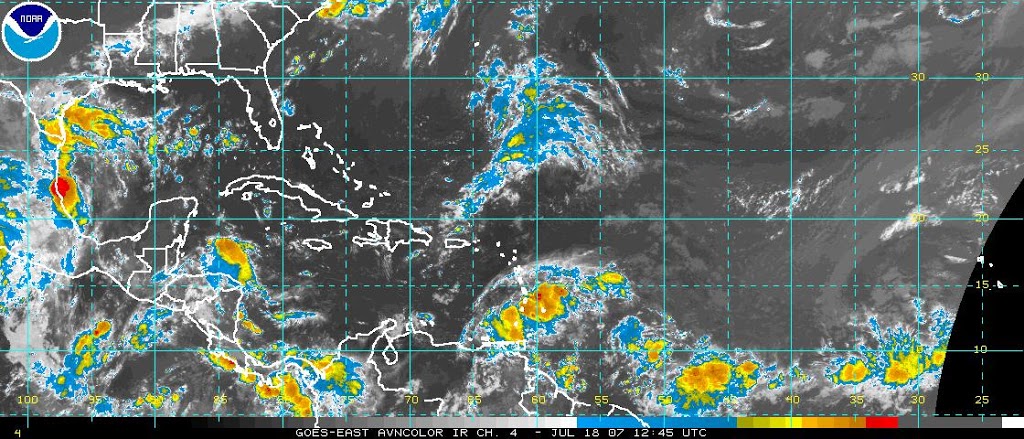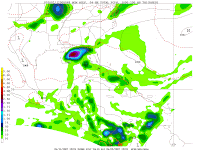 Tropical Depression Four has formed, and early model runs indicate that this system could have an impact in the Gulf of Mexico.
Tropical Depression Four has formed, and early model runs indicate that this system could have an impact in the Gulf of Mexico.
Again, it remains early in the track of this storm to assume anything, but most models bring this system to a major hurricane with possible impact in the Gulf of Mexico by next week.
Areas from Cape Hatteras N.C., to Brownsville, TX could be the target for this system if the models verify. Right now the money would be the lower Gulf of Mexico, and once in the Carribean, we should be a better feel as to where landfall might occur.
Elsewhere, there is a tropical wave in the southern Gulf of Mexico (Invest 91L). This could  become Tropical Depression Number Five as conditions continue to be favorable for some additional development. NHC and model runs are putting this at a Tropical Depression by later today, with a recon flight scheduled tommorrow, if necessary.
become Tropical Depression Number Five as conditions continue to be favorable for some additional development. NHC and model runs are putting this at a Tropical Depression by later today, with a recon flight scheduled tommorrow, if necessary.
Further development of this system should be slow once past the TD stage. Early model runs put this system into the Texas area, primarily as a rain-maker.
All indications are that this will remain a weak system, but could reach Tropical Storm strength over the next 48 hours or so. Elsewhere in the Atlantic Basin, there are several other small tropical waves and significant development is not anticipated for any of those at the time of this writing.
Impact for Gulf Shores/Orange Beach
Initial impact from these systems with be from Invest 91L, which should slightly elevate the surf and increase shore winds. Depending on the ultimate direction and shape of Tropical Depression Four, we have an outside chance of experiencing tropical conditions by the end of next week.
NOTICE: This is an UNOFFICIAL discussion. For official information, look to products from your local and federal authorities, the National Hurricane Center, and the National Weather Service.
